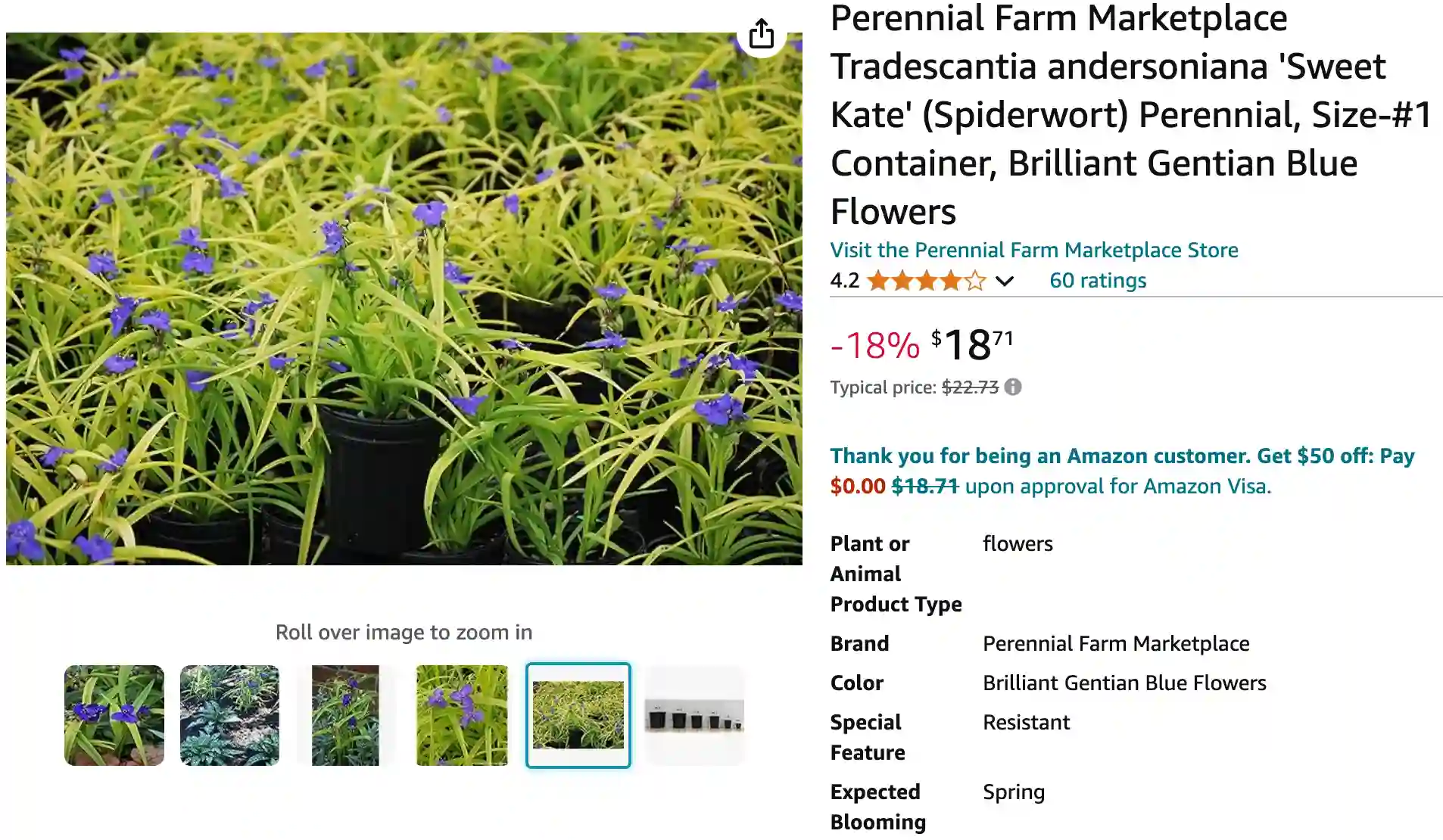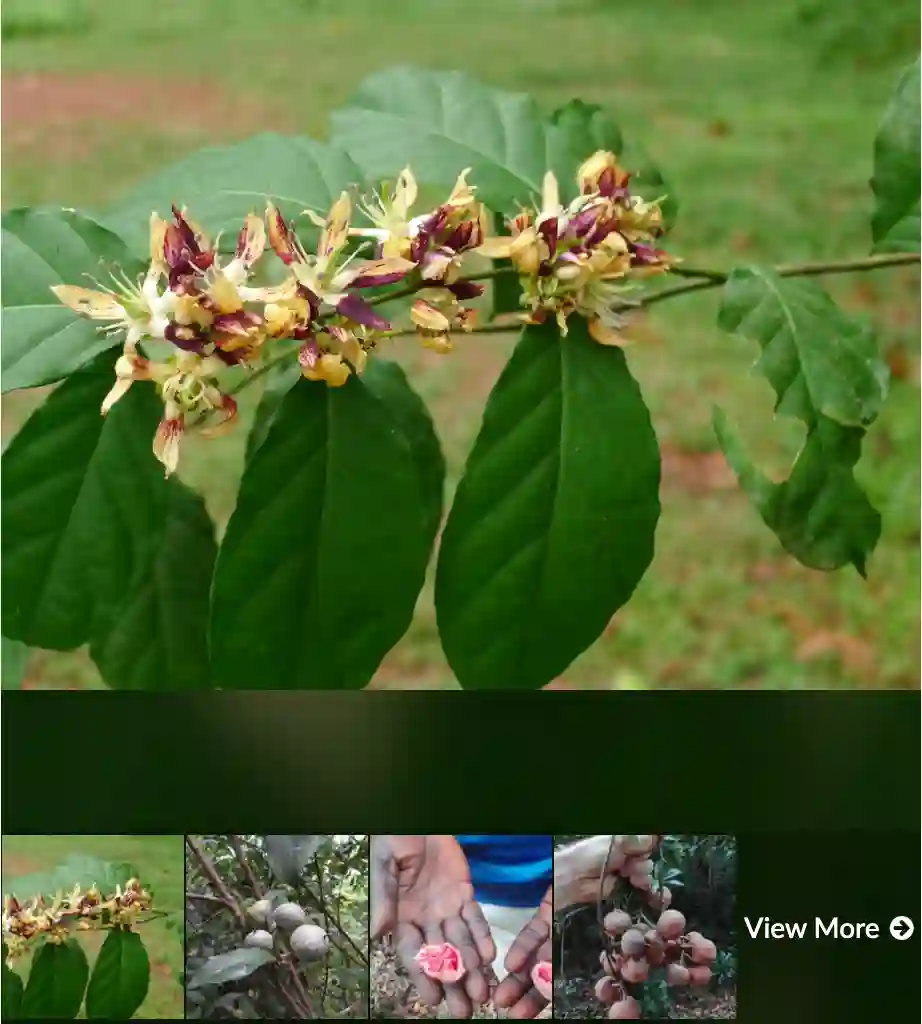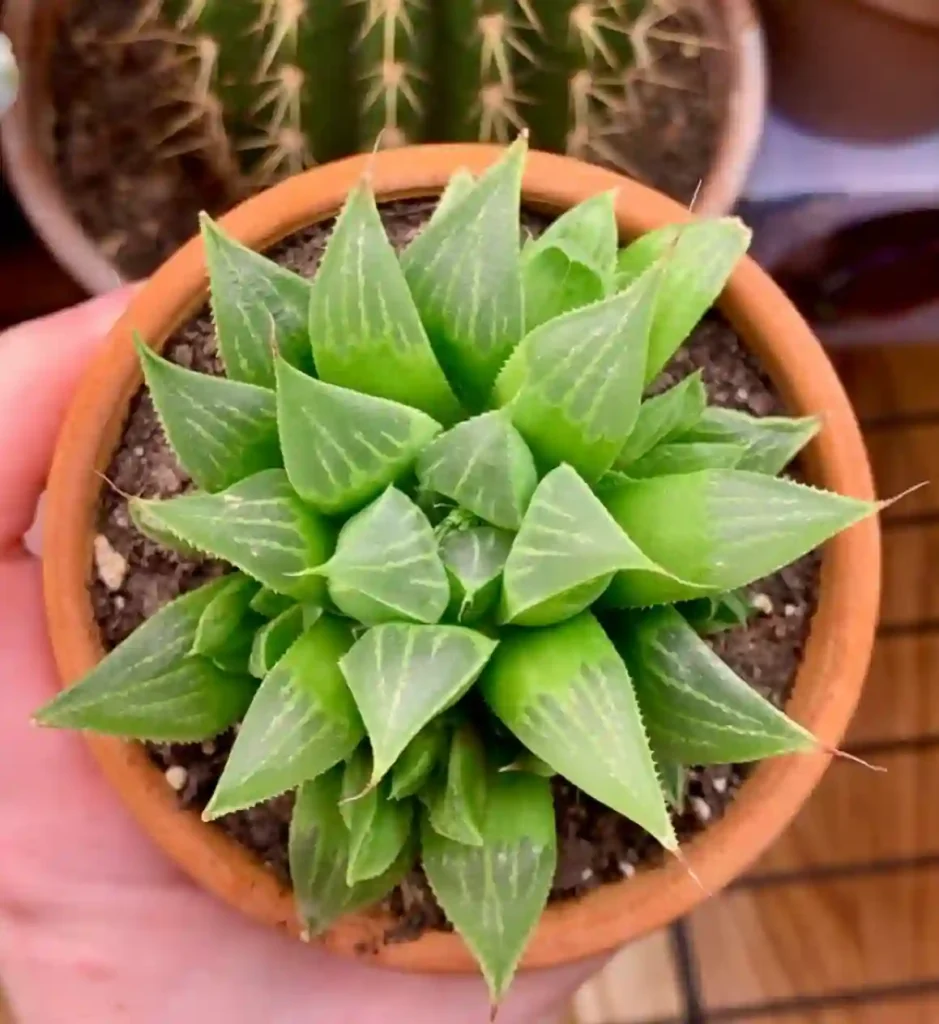
Tradescantia Sweet Kate: A Guide to the Vibrant Yellow Foliage and Charming Blooms
Hi, Ferb Vu here! Today, we’re diving into the world of Tradescantia Sweet Kate, a captivating perennial known for its sunshine-colored foliage and delightful blue flowers. Whether you’re a seasoned gardener or a curious newcomer, this guide will equip you with all the essentials to cultivate this vibrant addition to your landscape.
86 Species in Genus Tradescantia
What is Tradescantia Sweet Kate?
Tradescantia Sweet Kate, also known as Spiderwort Sweet Kate, belongs to the spiderwort family (Commelinaceae). It’s a compact, clump-forming perennial that typically reaches heights of 9 to 12 inches. The key characteristic of this variety is its stunning chartreuse (bright yellow-green) foliage. The narrow, lance-shaped leaves create a lush, cheerful presence in any garden bed.
Breathtaking Blooms
From late spring to midsummer, Sweet Kate comes alive with clusters of vibrant violet-blue flowers. These three-petaled beauties, measuring up to 1.5 inches in diameter, add a touch of elegance to the bright yellow foliage. While each flower is short-lived, lasting for just one day, the abundance of buds ensures a captivating floral display for weeks.
How to care for Tradescantia Sweet Kate?
Sunlight: Sweet Kate thrives in partial to full shade. While the bright yellow leaves can handle some morning sun, the harsh afternoon sun can scorch them. Aim for dappled sunlight or areas that receive shade during the hottest part of the day.
Soil: Adaptability is a hallmark of Sweet Kate. It flourishes in fertile, moist, and well-drained soil. Amending your existing soil with compost or organic matter can create the perfect environment for optimal growth.
Watering: Consistent moisture is key. Water your Sweet Kate regularly, especially during hot and dry periods. Aim to keep the soil evenly moist but not soggy.
Feeding: While not strictly necessary, a balanced fertilizer applied once during spring can provide a slight growth boost.
Deadheading: Regularly removing spent flowers (deadheading) encourages continuous blooming throughout the season. Simply pinch off the faded flowers at the base of the stem.
Pruning: Once the foliage starts to brown and decline in late summer or early fall, you can cut the plant back to a few inches above the ground. This promotes healthy new growth and may even trigger a second round of blooms in some cases.
Sweet Kate vs. Other Spiderworts: What Makes it Special?
There are numerous spiderwort varieties, each with its unique charm. Here’s how Sweet Kate stands out:
- Foliage: The bright yellow foliage sets Sweet Kate apart from the more common green-leaved spiderworts. This vibrant color adds a pop of sunshine to any garden.
- Compact Size: Sweet Kate’s smaller stature makes it ideal for containers, borders, or smaller garden spaces where taller varieties might overwhelm the design.
- Low Maintenance: This easy-to-care-for plant requires minimal maintenance, making it perfect for busy gardeners.
Sweet Kate: A Versatile Garden Gem
Sweet Kate’s bright yellow foliage and charming blue flowers make it a versatile addition to various garden settings. Here are some ideas:
- Borders: Plant Sweet Kate in borders alongside shade-loving perennials like hostas, ferns, or coralbells to create a colorful and textural contrast.
- Containers: The compact size and vibrant colors make Sweet Kate a stellar choice for pots and hanging baskets.
- Cottage Gardens: The informal charm of Sweet Kate blends seamlessly with the relaxed aesthetic of cottage gardens.
- City Gardens: Its easy-going nature makes Sweet Kate a resilient choice for urban gardens with limited space.
Potential Problems and Solutions
While generally trouble-free, Sweet Kate can face a few challenges:
- Leaf Scorch: As mentioned earlier, too much harsh sunlight can scorch the delicate yellow leaves. Ensure your plant receives adequate shade during the hottest part of the day.
- Slugs and Snails: These slimy pests can munch on the leaves. Regularly check for their presence and use natural deterrents like crushed eggshells or beer traps.
Conclusion
Tradescantia Sweet Kate is a captivating perennial that brings sunshine and charm to any garden. Its easy-going nature, vibrant colors, and long bloom time make it a delightful addition for gardeners of all levels. With proper care and placement, this little gem will reward you with season after season of beauty. So, why not add a touch of Sweet Kate magic to your garden today?
If i die, water my plants!



